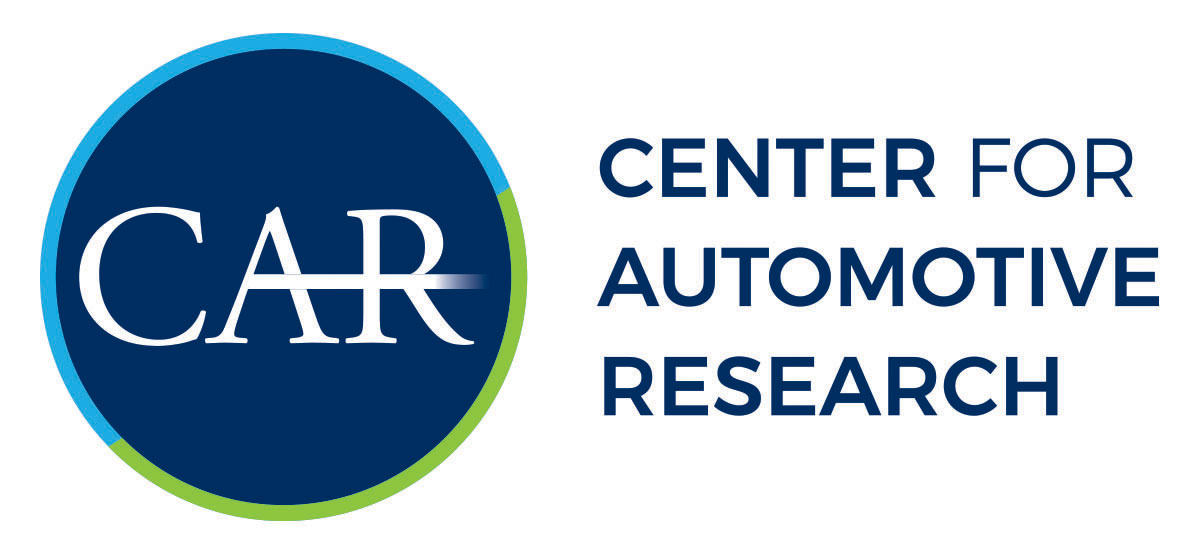CAR Events are designed to disseminate key research, update stakeholders on critical industry issues, and foster discussions among industry thought leaders to share their insights and solutions to meeting the challenges of an ever-evolving global automotive industry.

- This event has passed.
Ann Arbor SPARK’s a2Tech360
September 14, 2023 - September 27, 2023
Ann Arbor SPARK’s a2Tech360 is a week of events celebrating Ann Arbor’s spirit of innovation through experiences, conversations, and connections that strengthen and expand the region’s vibrant technology ecosystem. The events are tailored to a variety of interests and audiences, including entrepreneurs, researchers, investors, businesses, academic institutions, non-profits, job seekers, and the general public.
For information on how to partner with CAR on an event, or to put our conference experience to work for you, please contact the CAR Marketing Team at [email protected].
